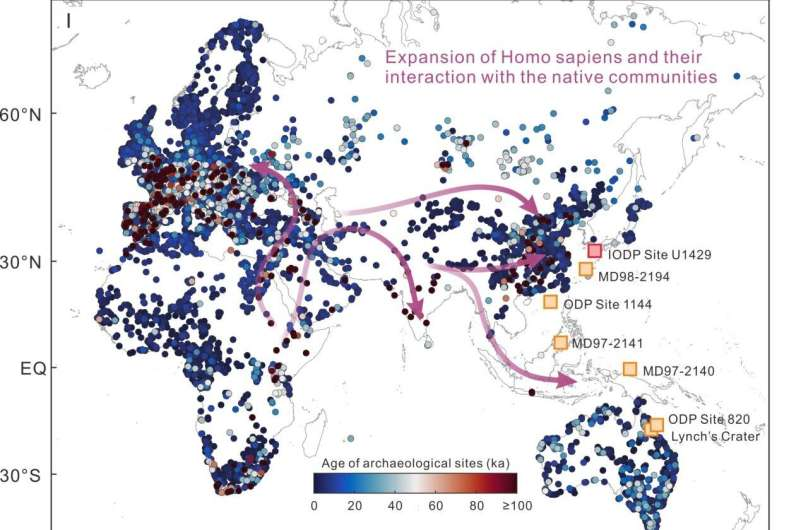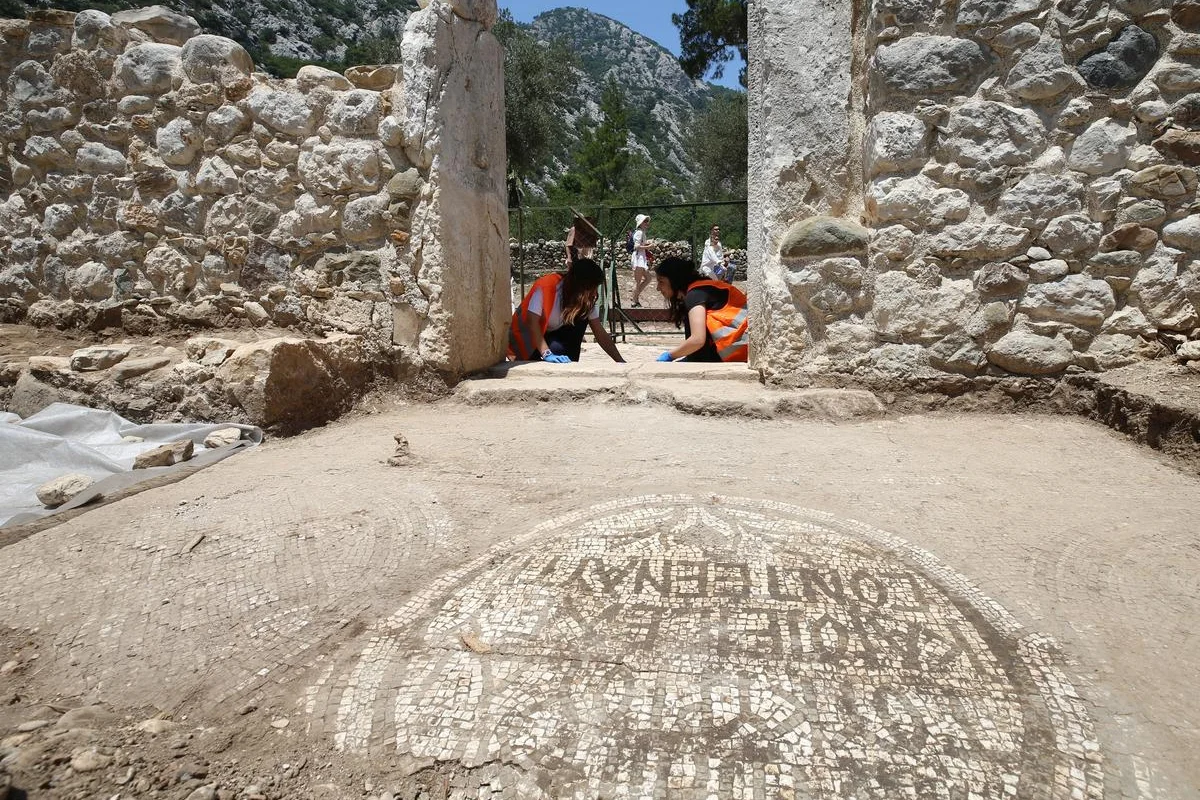The discovery of the Rosetta Stone in 1799 stands as one of the most significant breakthroughs in the understanding of ancient Egyptian civilization. This enigmatic artifact, with its inscriptions in three different scripts, played a pivotal role in unlocking the mysteries of Egyptian hieroglyphs, a writing system that had baffled scholars for centuries.
Discovery of the Rosetta Stone
The Rosetta Stone was discovered in 1799 by French soldiers during Napoleon Bonaparte’s campaign in Egypt, near the town of Rosetta (modern-day Rashid) in the Nile Delta. It is a granite slab, approximately 4 feet tall and 2.5 feet wide, inscribed with a decree issued in 196 BCE. The inscription is written in three scripts: Egyptian hieroglyphs, Demotic (a cursive form of Egyptian writing), and Ancient Greek.
At the time of its discovery, Egyptology was still in its infancy, and scholars had no understanding of how to interpret Egyptian hieroglyphs. The Greek inscription, however, provided a key to deciphering the other two scripts, as it was written in a language scholars could understand.
The Three Scripts
Hieroglyphs: This script was used primarily for religious texts, monuments, and formal inscriptions. It consisted of logograms (symbols representing words or ideas) and phonetic signs (representing sounds). Hieroglyphs had been used in Egypt for thousands of years but had fallen out of use after the decline of the ancient civilization.
Demotic: This was the everyday script used for administrative and legal documents, a more cursive and simplified form of hieroglyphs. It was easier to write and read compared to the intricate and formal hieroglyphic system.
Greek: By the time of the Rosetta Stone’s creation, Greek was the language of administration in Egypt, due to the Ptolemaic dynasty's Greek rulers. Greek was well understood by European scholars, providing a crucial link to the deciphering process.
Deciphering the Inscriptions
The key to unlocking the meaning of the hieroglyphs lay in the Greek inscription, which provided the same decree in three languages. Scholars realized that by comparing the known Greek text with the other two scripts, they could begin to identify the phonetic values of the hieroglyphs and Demotic characters.
The first breakthrough in deciphering the hieroglyphs came in 1822, when French scholar Jean-François Champollion made a critical connection. Champollion, who had been studying Egyptian writing for years, was able to identify that some hieroglyphs represented sounds, not just ideas or objects. He realized that some symbols were phonetic, representing individual sounds like letters in the alphabet, while others were logograms, representing entire words or concepts.
Champollion’s knowledge of Coptic, the modern Egyptian language derived from ancient Egyptian, also played a vital role in his success. By comparing the Coptic language, which retained many ancient Egyptian elements, to the hieroglyphic script, he was able to make significant progress in understanding the meaning of the symbols.
Impact and Legacy
Champollion’s successful deciphering of the Rosetta Stone’s inscriptions opened the door to understanding the entirety of ancient Egyptian writing. His work led to the translation of countless texts, including religious, literary, and historical documents, shedding light on Egypt’s rich history and culture.
The discovery and subsequent translation of the Rosetta Stone revolutionized the study of Egyptology. It allowed scholars to read hieroglyphs for the first time in centuries, providing invaluable insights into ancient Egyptian religion, politics, and daily life.
The Rosetta Stone is now housed in the British Museum, where it remains one of the most famous and important artifacts in the study of ancient Egypt. Its discovery and the work of scholars like Champollion have had a lasting impact on our understanding of one of the world’s oldest and most influential civilizations.
In conclusion, the Rosetta Stone was not just a physical object, but a symbolic key that unlocked the mysteries of ancient Egyptian writing. Its discovery marked a turning point in the field of archaeology and linguistic studies, allowing humanity to reconnect with the language and culture of ancient Egypt, a civilization that had been lost to history for centuries.







